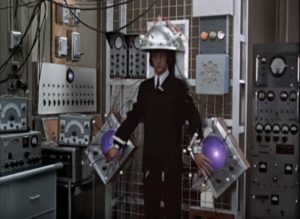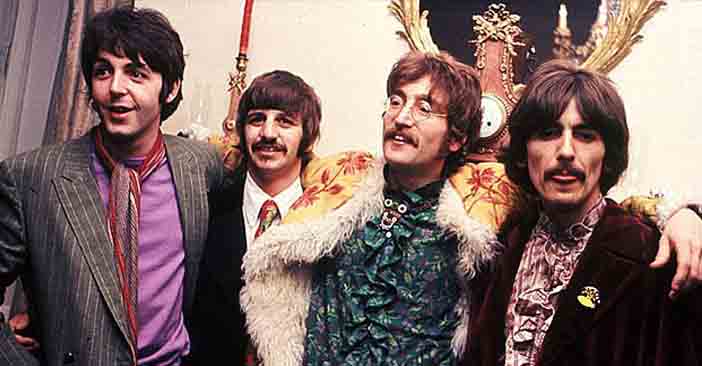John Lennon recall
"Clive Epstein or some other such business freak came up to us and said you’ve got to spend so much money, or the tax will take you. We were thinking of opening a chain of retail clothes shops or some barmy thing like that.
And we were all thinking that if we are going to open a shop, let’s open something we’re interested in, and we went through all these different ideas about this, that and the other. Paul had a nice idea about opening up white houses, where we would sell white china and things like that, everything white. Because you can never get anything white, you know, which was pretty groovy, and it didn’t end up with that, it ended up with Apple and all this junk and The Fool [a Dutch design collective] and all those stupid clothes and all that."

Paul McCartney Recall
"A record company needs a logo, and so Neil Aspinall, now managing director of Apple Corps Ltd, contacted Gene Mahon. He was the graphic designer from Dublin who had worked on the Sgt Pepper cover, laying out the back sleeve which contains the lyrics. Marking the first time anyone had ever printed the lyrics on an album sleeve; usually you had to buy them from a sheet-music publisher."
Neil told Gene that he needed a photograph of an apple to use on the centre label of Apple records. Gene immediately had the brilliant idea. Using a photograph of an apple on the A-side of the record, with no writing or information, and on the B-side using a photograph of an apple sliced in half. To give a white background to all
the relevant label copy for both sides. The left-hand side of the apple would be headed ‘This Side’ with the title of the track, the artist, the running time, the publishing and copyright information. The right-hand side would be headed ‘Other Side’ and would give the same information for the A-side.
Gene commissioned Paul Castell to photograph a series of apples: red apples, green apples and sliced apples against different-colored backgrounds. Two days later they had an assortment of 2¼-inch transparencies of apples against red, blue, black, green and yellow backdrops. Gene selected the two he thought were the best but included the others for consideration.
Eventually they decided upon a nice shiny green Granny Smith on a black background. Alan Aldridge, who was to publish The Beatles Illustrated Lyrics, was brought in to draw the copyright lettering that surrounds the outer perimeter of each record. The finished artwork was sent to New York where the dye transfers were made from which all the labels would be printed. It had taken six months.
The Beatles had encountered strong opposition to the sleeve of Sgt Pepper from EMI — on the grounds of cost — and felt that EMI were out of touch with them and with the youth record market.
The Beatles and Co. Ltd was created to bind them together legally for ten years on a goodwill share issue of £1 million. The first anyone in the public would have known of it was on May 19, 1967, with the launch of Sgt Pepper’s Lonely Hearts Club Band, which had a discreet green apple on the back sleeve. On November 17, The Beatles Ltd changed its name to Apple Music Ltd, and Apple Music Ltd became The Beatles Ltd.
















